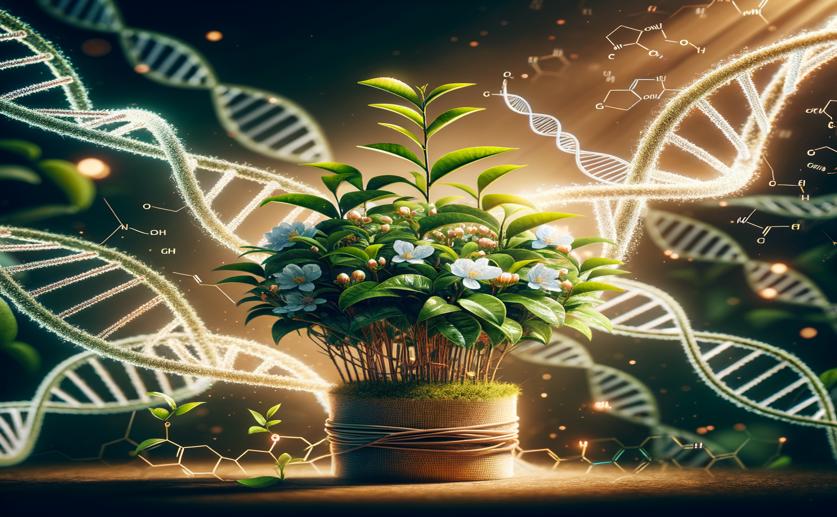
Uncovering the Genetic Secrets of Tea Plants
Greg Howard
31st March, 2024

Image Source: Natural Science News, 2024
Key Findings
- Researchers at Huazhong Agricultural University studied tea flower metabolites across 171 tea plant varieties
- The study identified 876 metabolites and found 27 that differed between two tea plant varieties, which could affect tea flavor and health benefits
- Using genome-wide association studies, they linked 1238 genetic regions to these metabolites, suggesting genes that control multiple traits
References
Main Study
1) Metabolomic and genome-wide association studies drive genetic dissection and gene mining in tea plant
Published 30th March, 2024
https://doi.org/10.1007/s44281-024-00030-x
Related Studies
2) Comparative and parallel genome-wide association studies for metabolic and agronomic traits in cereals.
3) Occurrence of Functional Molecules in the Flowers of Tea (Camellia sinensis) Plants: Evidence for a Second Resource.
4) UDP-glucosyltransferase regulates grain size and abiotic stress tolerance associated with metabolic flux redirection in rice.



 21st March, 2024 | Jenn Hoskins
21st March, 2024 | Jenn Hoskins